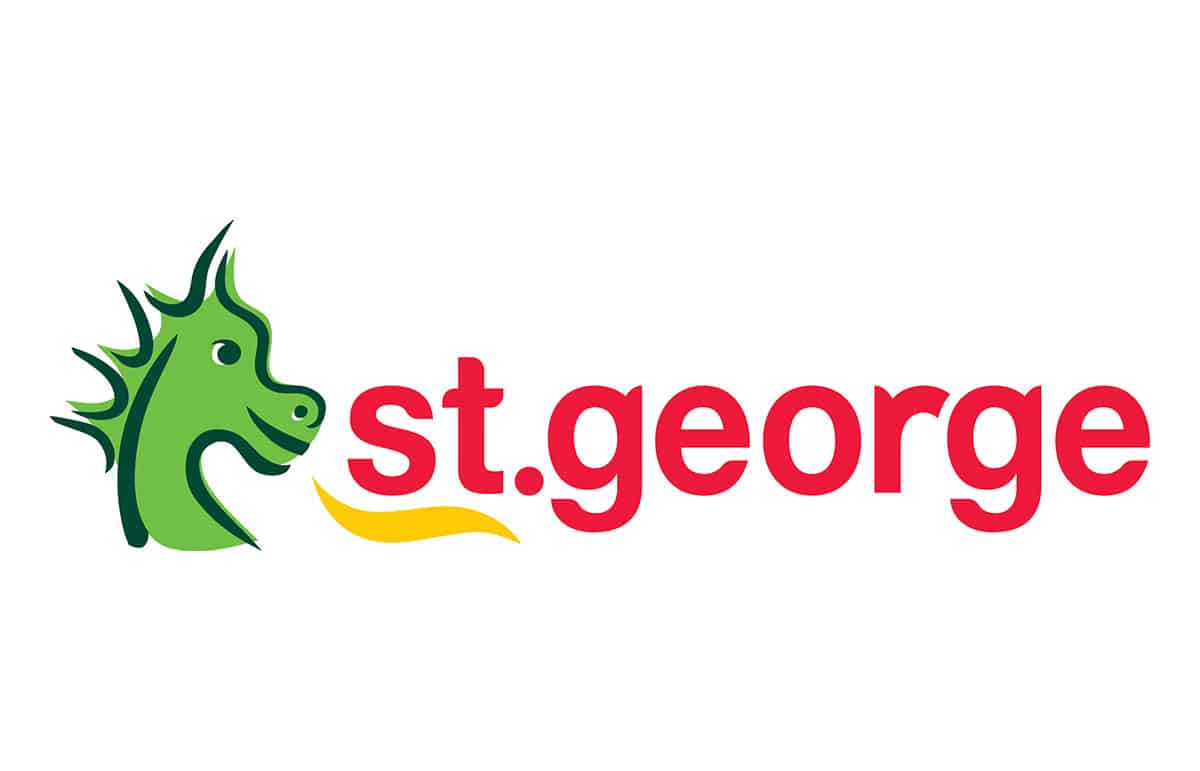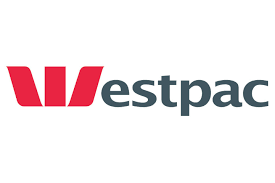There’s a wide range of transaction accounts available in Australia, from accounts for babies and kids to students and teens, young adults, businesses (both small and large), joint accounts, all the way up to retirees and those aged over 65. There are even hybrid accounts available for children and pensioners, which are bank accounts that combine the features you’d normally expect in a transaction account (such as the ability to link a debit card, and the ability to pay people via BPAY) but are also interest-earning accounts.
However, all of these various accounts have features in common and it’s these that you should first compare when choosing a new transaction account. Savvy can make this task easier by offering clear comparison information so you can easily see which transaction account may best fit your needs.
Compare the fees charged
Whether it’s a $2.50 fee for ‘teller-assisted transactions’ or a charge per transaction to pay someone through an internet online account, many banks charge for common transactions. However, this situation is rapidly changing as digital banks and neobanks put pressure on existing establishments to lower or abandon certain fees. As a result many banks now offer fee-free accounts and mobile apps offering a whole range of useful features and options you can customise to make your banking experience more personal.
Can you access a fee-free account?
When comparing your options, you should always look for transaction accounts that have no monthly or other fees. You shouldn’t be charged an account-keeping fee if you’re aged under 25, a full-time student, a retiree or aged over 65. If you don’t fall into any of these categories, around two-thirds of banks, credit unions and building societies will charge you a monthly account-keeping fee of between $3 and $6, but this means a third of banks won’t charge you a monthly fee at all.
Look for free ATM use and cash banking
Some banks offer free ATM use at any machine in Australia and will reimburse you if you’re charged by a private ATM operator. Other banks offer free use of ATMs overseas. If you regularly have cash you need to keep safe, some banks offer free night safes that are accessible 24/7, which could save you on transaction fees if you need to bank cash regularly.
Compare business banking fees
If you’re a business owner, expect to pay at least $10 per month or up to $60 for premium business banking. You may need to pay these higher monthly fees if your company is rapidly growing or if you regularly transfer large sums of money between accounts. Look at the type of transactions you undertake regularly and find a bank that either doesn’t charge for that type of transaction or offers exemptions.
For example, if part of your business involves importing or buying materials from overseas, you should compare business accounts from digital banks which offer free international transactions. Some of the major banks also offer global currency or everyday international transaction accounts, which allow you to receive funds in many different currencies and either hold them in that currency or convert them to Australian dollars when you choose (such as at a time when the exchange rate is favourable.)
Check Post Office transaction fees
For those living in remote areas of Australia, getting to a bank may be an issue. If so, check which banks offer free withdrawals and deposits through Bank@Post so you’re able to use your local post office for some of your banking transactions. This can be a convenient way to make payments for those living far from a bank or who don’t have a good internet connection.
Keep an eye out for bundle deals
Whatever type of customer you are, it’s important to check for bundle deals. These may offer free banking if you have a linked transaction and savings account, an offset account linked to a home loan or if you have your home or car insurance with the same bank. Such deals can lock you into one provider but can save you money in the process.
Savvy can help you weave through this maze of account fees to find the cheapest account for the way you like to do your banking. By offering free, detailed, accurate and up-to-date comparison information, we can help you make great financial choices for you and your family.
Functionality
Make sure the account you choose will enable you to shop, pay your bills and make payments to other people in a way that fits in with your lifestyle. If you’re an active account user, compare the mobile apps of various banks to see which one is the simplest for you to understand and use. Make sure the financial institution you choose is compatible with your brand of phone or smartwatch. If you have a credit card preference, check whether the bank is linked to Mastercard or Visa. Some accounts come with deposit requirements (such as you need to deposit a minimum of $2,000 per month) in order to qualify for free banking, so when comparing make sure you can meet such requirements.













